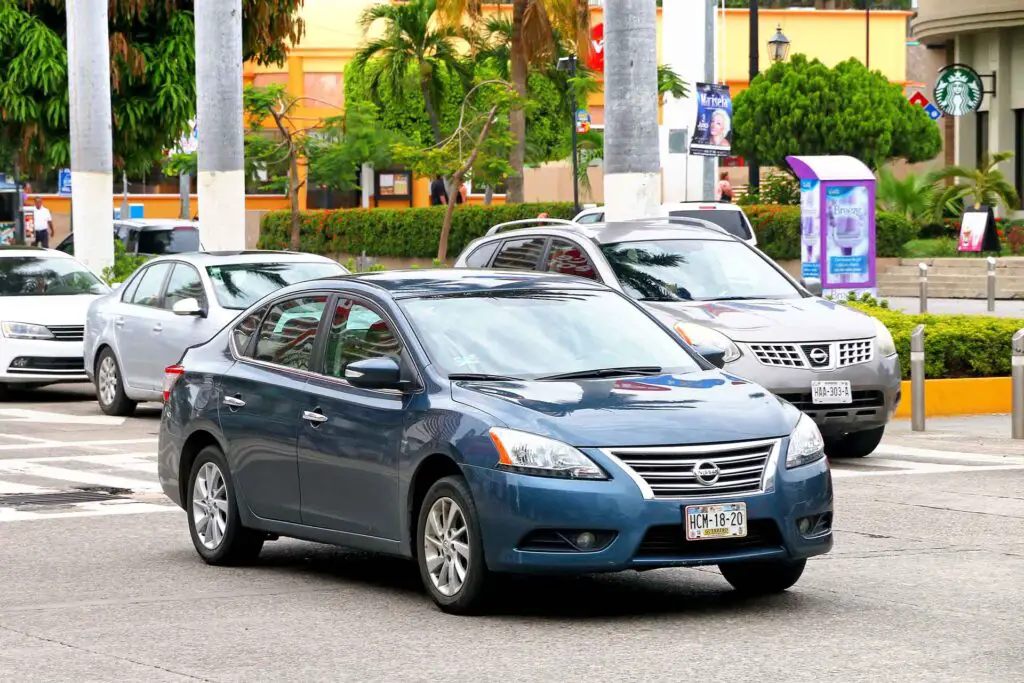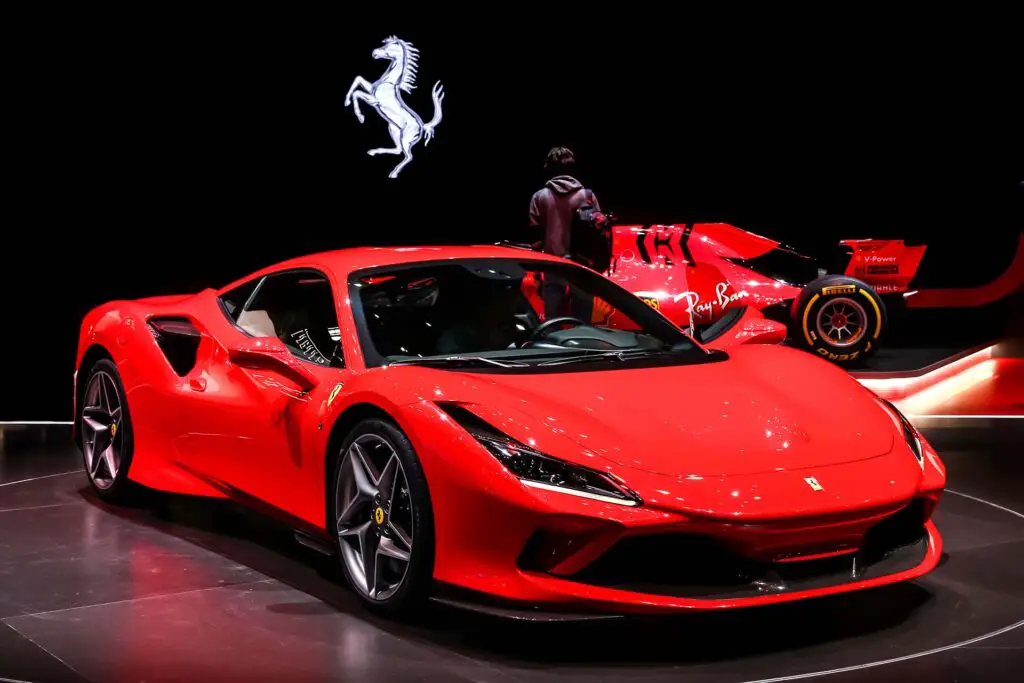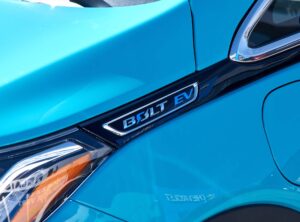Well, this escalated fast. The Trump tariffs on cars just hit the gas, and the entire industry is swerving to avoid a pileup. A hefty 25% tariff on imported vehicles has rolled into effect, leaving automakers and consumers bracing for impact. Here’s everything we know so far.
Carmakers All Around the World Are Hitting the Brakes
Thanks to the sheer number of cars Trump tariffs have been slapped on, global manufacturers are feeling the heat like an engine stuck in LA traffic. BMW has pledged to temporarily eat the costs of the 25% tariff for its Mexico-built models until May 1. Meanwhile, Nissan Sentra and Versa have straight-up paused production.
It’s turning into a frantic shuffle, where every brand is trying not to be the last one stuck with high prices and unhappy customers. It’s like watching a high-speed pit stop where everyone’s dropping tools, fumbling with flat tires, and pretending they’re still in control of the race. Things are becoming chaotic, to say the least.

Dealerships Are Prepping for Some Awkward Conversations
Car dealerships across the US are preparing some complicated sales pitches. With the 25% tariff in place, the cost of imported vehicles is set to climb, potentially driving buyers toward domestic models or the used car market.
However, the used wheels department is still recovering from pandemic-related production slowdowns, which could lead to higher prices in that segment as well. It’s a classic case of supply and demand, and right now, demand is in the driver’s seat.
Luxury Brands Are Feeling the Burn and Backing Off
High-end automakers aren’t immune to the tariff turmoil. Ferrari, for instance, has announced price increases of up to 10% on select models in response to the new developments. Lotus has taken it a step further by pausing imports of its Emira model indefinitely.
For those of us with a taste for luxury, this means shelling out even more cash or reconsidering our options. In other words, if you were saving up for that dream Ferrari, you might need to sell a kidney and maybe your neighbor’s, too. The race for the most expensive car in the world has just become that much more interesting.

Wall Street Is Freaking Out Over Auto Stocks – Among Other Things
Of course, the financial markets have taken note of the tariff turbulence, and the reaction has been anything but chill. On the day of the announcement, the Dow Jones Industrial Average nosedived more than 1,500 points – its worst single-day performance of the year so far. Investors didn’t just flinch, they hit the panic button. Here’s how some notable auto brands have fared in the aftermath:
- Ford shares dropped over 4% as concerns mounted about production costs,
- General Motors stock slipped more than 5% amid fears of declining demand,
- Tesla tumbled nearly 7%, even though it builds most of its cars in the US.
Buyers Are Getting Hit Where It Hurts Most
At the end of the day, it’s the consumers who may bear the brunt of these tariffs. With new car prices on the rise, many buyers might turn to the used car market, only to find higher prices there as well. Industry analysts predict a 15% to 20% drop in demand for new vehicles as a result of the increased costs. It’s a tough pill to swallow for anyone looking to drive off the lot in a new set of wheels.

Trump Tariffs on Cars Are Already Changing the Road Ahead
So, where does this wild ride go from here? Well, automakers are likely to start looking for ways to bring more production stateside or hunt down clever loopholes to avoid the steep costs. Some brands may even cut certain models from their US lineups if profits take too much of a hit.
The next few months will be full of surprises, maybe even some last-minute political pivots. However, one thing’s for sure – these tariffs have already started rewriting the rules of the road for the global market. In the meantime, if you’ve been eyeing a new ride, maybe hold off just a bit longer. Or hey, maybe it’s time to finally fix up that old beater in the garage.








